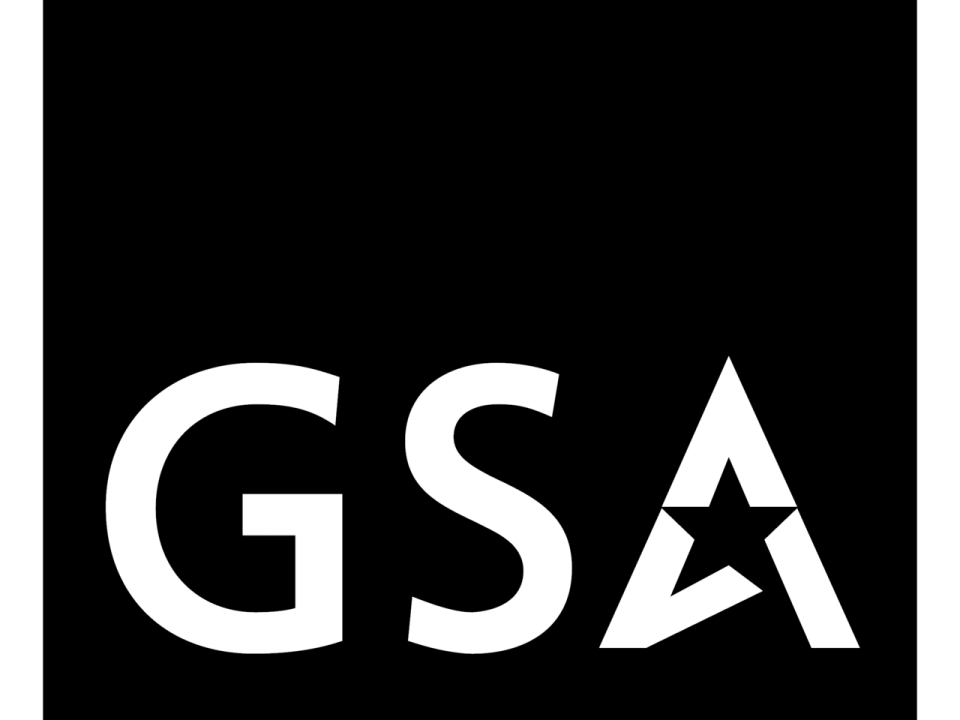
Get focused before going out on your own
July 21, 2024Summer pause: Small business sales growth tapers in June as consumers take a breather on spending
July 21, 2024Forecast International’s new whitepaper on NASA’s top 100 and the top future space program
July 19, 2024
Currently, NASA is pursuing several key goals encompassing diverse areas like lunar exploration, scientific discovery, and technological advancements.
NASA is setting its sights on the Moon and beyond, aiming for groundbreaking achievements in exploration, science, and technology. This decade will mark a pivotal moment for the Artemis program, as the agency strives to land astronauts on the lunar surface once again. This ambitious endeavor involves launching the Space Launch System (SLS), Orion spacecraft and the Human Landing System (HLS).
Beyond the Moon, NASA’s scientific endeavors reach for Jupiter’s intriguing moon, Europa. The Europa Clipper mission takes flight, embarking on a journey to unravel the mysteries of this icy world suspected to harbor a vast ocean beneath its surface. Closer to home, Earth-observing satellites are in service or under construction, providing invaluable data on climate change, ocean health, and global water resources.
Research and development efforts are also underway at the agency including testing of the X-59 Quiet Supersonic Technology (QueSST) aircraft, which aims to revolutionize air travel by achieving supersonic speeds without the disruptive sonic boom. Additionally, the agency continues to push the boundaries of robotic capabilities, developing and demonstrating advanced technologies for future lunar/Mars rovers and sample return missions.
Finally, NASA remains committed to maintaining the International Space Station to 2030, a crucial platform for scientific research and international collaboration.
Fulfilling these goals will be a myriad of contractors, many of which are detailed in the list below along with our take on the Top Ten NASA programs.
The Top 100 NASA contractors list is ranked by total contract funds awarded. According to USAspending.gov, NASA had contract award obligations of $22.3 billion in FY23, up almost 5 percent from $21.3 billion in FY22. The top 100 FY23 contractors accounted for $19.0 billion (85 percent) of the obligated dollars.
In FY23, NASA’s share of available funding was $30.9 billion, or 0.3 percent of the FY23 U.S. federal budget. This is unchanged as compared to NASA’s share of the U.S. federal budget for FY22 of $29.2 billion, or 0.3 percent.
Click here for full story from the Gov Exec Space Project

